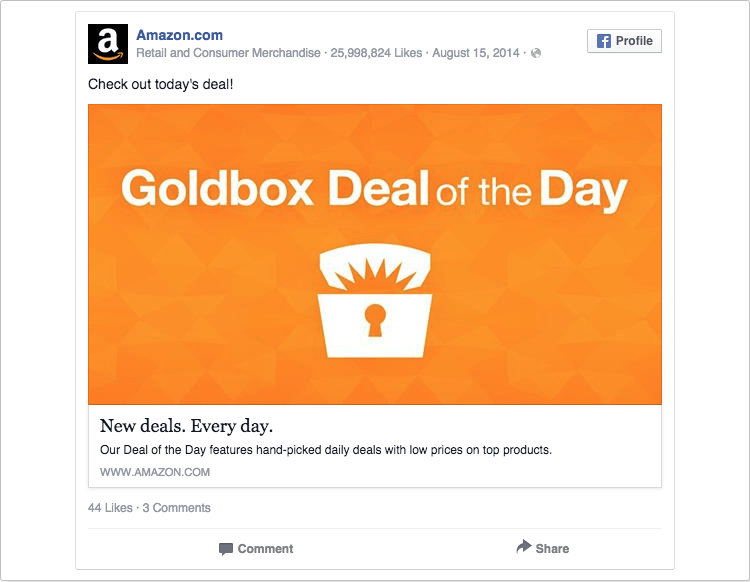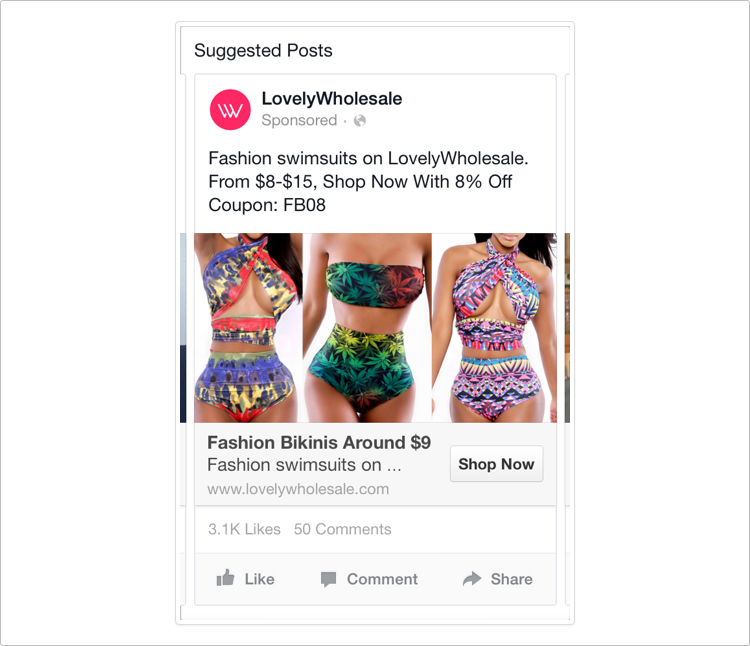Want to attract users, use these 5 'psychological tricks'
Customers are not always attracted by the images associated with smiles, happiness, positive things or "gods and beauties" possessing beautiful faces, attractive eyes and big fortune. . If you continue to use these ads, you have accidentally lost millions of other potential users.
Experienced advertising professionals are considered masters of applied psychology. They always try to find new ways to attract customers' attention based on research and ideas coming from other fields such as psychology, neurology and social sciences.
Here are 5 not-to-know secrets that advertisers often use to "seduce" users' attention and stimulate them to buy, according to Walter Chen, founder. cum CEO of iDoneThis - a company specializing in providing work efficiency management software.
1. Impact on mirror neurons (mirror neurons)

Mirror neurons are cells located in the brain, which play a role in stimulating people to act on other people's movements when they see them. For example, when you look at another person laughing, there are also some "laughing" neuron cells in your head (that is, the cells responsible for laughing movements are activated, "laughing inside" or "laughing" like The way we still call, although on the face, we don't really laugh. Or when we look at other people crying, grimacing, frowning, there are some cells in our heads that follow "like", even though their faces do not show emotion. Another example is when looking at a person throwing a ball, you also tend to want to follow and now, maybe in the beginning you will begin to imagine yourself doing that action.
So how do advertisers apply this theory? By placing characters in certain situations in advertisements, they can make users want to imitate these characters unconsciously and therefore, customers tend to want to buy products.
2. Make consumers worry about things they don't know
People are curious and curious creatures. We constantly want to explore, learn and learn as much as we can about the world around us. When we don't know something, we feel compelled to find everything involved until we really understand.

How do advertisers use this "psychological tactics"? Simply, they will design some mysterious ads with very little information or use words, images that are missing some content and force users to find out more, then click on advertisement. When a person does this, they are successful in stimulating the inherent curiosity of the customer.
However, Walter Chen advises advertisers not to make customers wait long but need to help them relieve curiosity soon. Otherwise, they will lose patience and leave you.
3. Apply the right hand rule
Most people are right-handed. This leads to a very obvious fact that what is on the right is often first noticed by us. That's why many retail stores often display expensive and popular items on the right-hand side of the store from the main entrance in the store, while items are less popular or are Discounts are displayed on the left.

Google and Facebook also place their ads in the right column of the screen because ads placed in this position tend to be perceived by consumers as having a higher level of reliability than those in their locations. other location.
4. Principles of rounding prices
We all know about this "trick" of marketers: if you list $ 9.99, a product will always sell better than when it is listed for $ 10 because customers have a feeling I feel that the price of that item is only slightly more than 9 USD. However, a recent study suggests that such a pricing strategy is not optimal.

Two researchers Monica Wadhwa and Kuangjie Zhang investigated customer perceptions of rounded numbers and the impact of that on their purchasing decisions. The results show that rounding numbers create a more natural and safe feeling for consumers and make them come to a decision to buy faster.
5. Increase the selling price
Why is an 8-dollar pizza better than a piece of pizza that costs $ 4? Could it be because the $ 8 piece of cake is made with better ingredients, tools or more skilled bakers?
Or maybe it is due to the difference in selling price and the fact that if a certain item is increased in price, it is more likely that customer buying behavior is also stimulated. They will buy more than before the price is changed.
To test this, researchers conducted an experiment at an Italian restaurant. Some diners here are invited to the buffet with two rates: 8 USD and 4 USD. After the meal, diners were asked which menu they liked. The results showed that those who use buffet for 8 USD tend to show more satisfaction than those who use buffet for 4 USD, although in fact these two menus have the same components.
Many marketers have applied the above approach to make a difference for their products by positioning it as a premium product or "only only" and increasing the price.
You should read it
- 17 'impressive' advertising ideas on social networks
- 70 simple ways to help you be more creative at the office
- Innovative ideas have 1-0-2 of too many IQ associations
- 10 tools to help you promote your creative ability effectively
- 7 simple ways to train creative thinking skills
- 30 creative templates make viewers unable to take their eyes off
 If there is only passion, do not rush to think about starting a business
If there is only passion, do not rush to think about starting a business 4 lessons on life skills that adults can learn from young children
4 lessons on life skills that adults can learn from young children 3 valuable business lessons from Mark Zuckerberg
3 valuable business lessons from Mark Zuckerberg 5 invaluable Marketing lessons from Disney animated films
5 invaluable Marketing lessons from Disney animated films 9 effective ways to reduce stress immediately
9 effective ways to reduce stress immediately 10 tips for businesses before deciding to invest in Big Data
10 tips for businesses before deciding to invest in Big Data